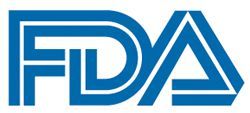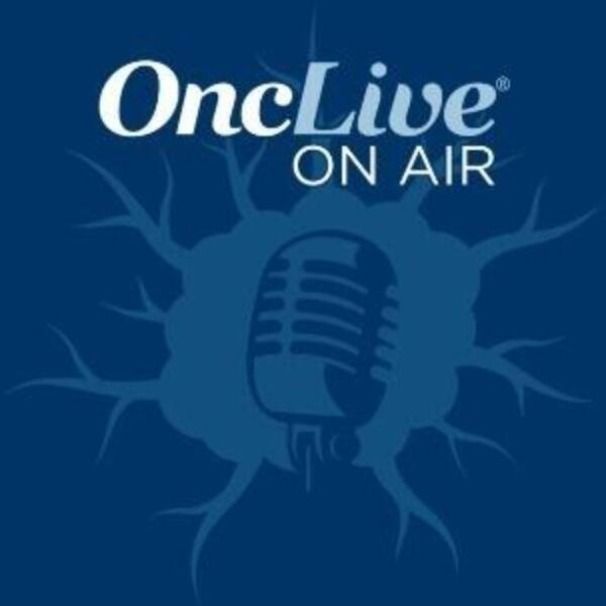Article
FDA Approval Sought for Axicabtagene Ciloleucel for Second-Line Relapsed/Refractory LBCL
Author(s):
A supplemental biologics license application has been submitted to the FDA to expand the current indication of the CAR T-cell therapy axicabtagene ciloleucel to include the second-line treatment of adult patients with relapsed/refractory large B-cell lymphoma.
FDA

A supplemental biologics license application (sBLA) has been submitted to the FDA to expand the current indication of the CAR T-cell therapy axicabtagene ciloleucel (axi-cel; Yescarta) to include the second-line treatment of adult patients with relapsed/refractory large B-cell lymphoma (LBCL).1
The application is supported by findings from the phase 3 ZUMA-7 study (NCT03391466), which showed that at a median follow-up of 2 years, the study met its primary end point of event-free survival (EFS) vs standard of care (SOC) in this patient population (HR, 0.398; P < .0001); this translates to a 60% reduction in the risk of EFS events compared with SOC.
The study was also found to meet its secondary end point of objective response rate (ORR). Although the data remain immature at this time, findings from the interim analysis of overall survival (OS) demonstrated a trend that favored the CAR T-cell therapy vs SOC.
Kite Pharma, the developer of axi-cel, shared that detailed data from the pivotal phase 3 trial will be submitted for presentation at an upcoming medical meeting, and future analyses of ZUMA-7 are planned. The pharmaceutical company is also speaking with global health authorities about submissions to expand the currently approved indications for the CAR T-cell therapy.
“[Axi-cel] demonstrated an impressive clinical benefit over the current SOC in the ZUMA-7 study, and these findings highlight the potential of this transformative therapy to help even more patients,” Frank Neumann, MD, PhD, global head of Clinical Development at Kite Pharma, stated in a press release. “Approximately 40% of adult patients diagnosed with LBCL require second-line treatment, and we are committed to working with the FDA to provide a new treatment option for these patients.”
The open-label, global, multicenter phase 3 ZUMA-7 trial evaluated the safety and efficacy of second-line axi-cel compared with the current SOC, which is platinum-based salvage combination chemotherapy followed by high-dose therapy and autologous stem cell transplant in those who respond to the salvage therapy, in patients with relapsed or refractory LBCL.2
To be eligible for enrollment, patients needed to have histologically proven LBCL, which could include diffuse large B-cell lymphoma (DLBCL) not otherwise specified, DLBCL arising from follicular lymphoma (FL), high-grade B-cell lymphoma with MYC or BLC2 or BCL6 rearrangement, LBCL that was T-cell/histiocyte rich, DLBCL associated with chronic inflammation, primary cutaneous DLBCL, and Epstein-Barr virus plus DLBCL.
Patients also needed to have either relapsed or refractory disease after having received chemoimmunotherapy in the frontline setting, an ECOG performance status of 0 or 1, adequate bone marrow function, and acceptable renal, hepatic, cardiac, and pulmonary function.
Exclusion criteria included those with a known history or suspicion of central nervous system involvement by lymphoma, a history of malignancy other than nonmelanoma skin cancer or carcinoma in situ, having received more than 1 line of therapy for DLBCL, and a history of autologous or allogeneic stem cell transplant, among others.
ZUMA-7 enrolled a total of 359 patients who were randomized 1:1 to receive either a single infusion of axi-cel or SOC in the second-line treatment setting. The age of the study participants ranged from 22 years to 81 years and 30% were 65 years of age or older.
Patients in the investigative arm underwent leukapheresis, which was followed by lymphodepletion chemotherapy that comprised fludarabine at a daily dose of 30 mg/m2 and cyclophosphamide at a daily dose of 500 mg/m2 for the duration of 3 days.3 Once completed, patients were administered a single infusion of axi-cel at a dose of 2 x 106 CAR T cells/kg. At the time of screening, corticosteroids were allowed for use as bridging therapy in those with a high disease burden.
The primary end point of the trial was EFS per blinded central review, and secondary end points included ORR and OS, as well as progression-free survival, patient-reported outcomes, and safety.
Previously, in October 2017, the FDA approved axi-cel for use in adult patients with relapsed/refractory LBCL after 2 or more lines of systemic therapy, including DLBCL not otherwise specified, primary mediastinal B-cell lymphoma, high-grade B-cell lymphoma, and DLBCL arising from FL.4 The decision was based on complete remission rates reported in the phase 2 ZUMA-1 trial (NCT02348216).
References
- Kite submits supplemental biologics license application to US Food and Drug Administration for earlier use of Yescarta in large B-cell lymphoma. News release. Kite Pharma. September 30, 2021. Accessed October 1, 2021. https://bit.ly/3mkJbA7
- Efficacy of axicabtagene ciloleucel compared to standard of care therapy in subjects with relapsed/refractory diffuse large B cell lymphoma (ZUMA-7). ClinicalTrials.gov. Updated January 22, 2021. Accessed October 1, 2021. https://clinicaltrials.gov/ct2/show/NCT03391466
- Oluwole OO, Bishop MR, Gisselbrecht C, et al. ZUMA-7: a phase 3 randomized trial of axicabtagene ciloleucel (axi-cel) versus standard-of-care (SOC) therapy in patients with relapsed/refractory diffuse large B cell lymphoma (R/R DLBCL). J Clin Oncol. 2018;36(suppl 15):TPS7585. doi:10.1200/JCO.20218.36.15_suppl.TPS7585
- FDA approves axicabtagene ciloleucel for large B-cell lymphoma. News release. FDA. October 18, 2017. Accessed October 1, 2021. https://bit.ly/3F8EzFE








